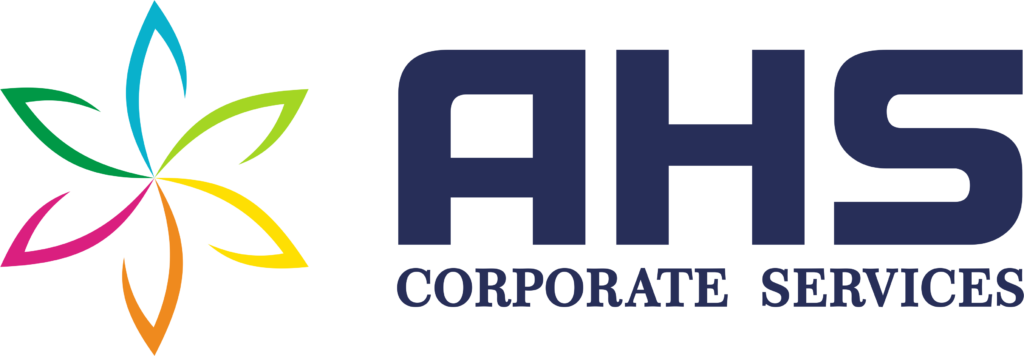In today’s fast-moving HR landscape, compliance is no longer just an admin task — it’s a risk zone. With constant changes in labour laws, tax regulations, and employee rights, even a minor oversight can lead to serious penalties.
In 2025, smart HR teams are turning to compliance automation in HR to avoid legal headaches. From automatic statutory updates to audit-ready reports, technology is making compliance simpler, faster, and more reliable.
Here’s how modern HR compliance software is changing the game.
1. Real-Time Statutory Updates — No Manual Monitoring Needed
Gone are the days of chasing legal circulars or waiting for policy PDFs. Today’s HR tech platforms come with auto-updated compliance engines that reflect the latest labor law changes across regions.
Whether it’s EPF rates, ESI thresholds, or minimum wage revisions, everything is updated in real time, reducing legal risk and saving hours of research.
2. Centralised Documentation for Inspections and Audits
With compliance automation, all required documents — PF challans, ESIC filings, bonus records, gratuity statements — are digitally stored and organised.
So, when an inspector walks in, HR doesn’t panic. They simply pull up the dashboard and download the reports in minutes. No more missing files or paper binders.
This digital readiness is a huge relief for HR teams, especially in multi-location operations.
3. Built-In Alert Systems and Notifications
Compliance software now includes reminders and auto-alerts for upcoming due dates:
- Form submissions
- Payment deadlines
- Renewal timelines
- Document validations
These alerts help HR teams stay one step ahead, ensuring that no filing is ever missed.
It’s not just smart. It’s peace of mind.

4. Region-Specific Compliance Modules
One of the biggest challenges in India is the state-wise variation in labour laws. What’s compliant in Maharashtra may not be enough in Tamil Nadu.
Modern platforms like the ones offered by AHS offer location-specific compliance modules, ensuring that HR policies and processes align with local rules, without needing legal teams in every state.
5. Reduced Errors and Legal Penalties
Manual compliance tracking often results in human errors — miscalculated deductions, outdated rates, incorrect filings.
With automation:
- Rules are built into the system
- Calculations are system-generated
- Reports are auto-compiled
This reduces legal risk, prevents penalties, and builds trust with both employees and auditors.
6. Simplified Vendor and Contractor Compliance
If your company works with outsourced vendors or contract workers, compliance becomes even more complex.
Automated systems help monitor whether vendors are:
- Depositing PF/ESI on time
- Uploading payment proofs
- Submitting compliance declarations
With everything available on one dashboard, you don’t need to chase external teams or worry about their lapses affecting your business.
Conclusion: Tech Is the New Compliance Officer
In 2025, HR teams that rely on spreadsheets and reminders are playing with fire. Labour laws are evolving faster than ever, and non-compliance can lead to brand damage, legal action, or financial loss.
Compliance automation in HR is not a luxury anymore — it’s a necessity.
With tools that offer real-time updates, digital audits, alerts, and built-in accuracy, companies can finally breathe easy. And with solutions like those from AHS, you don’t just stay compliant — you stay confident.


